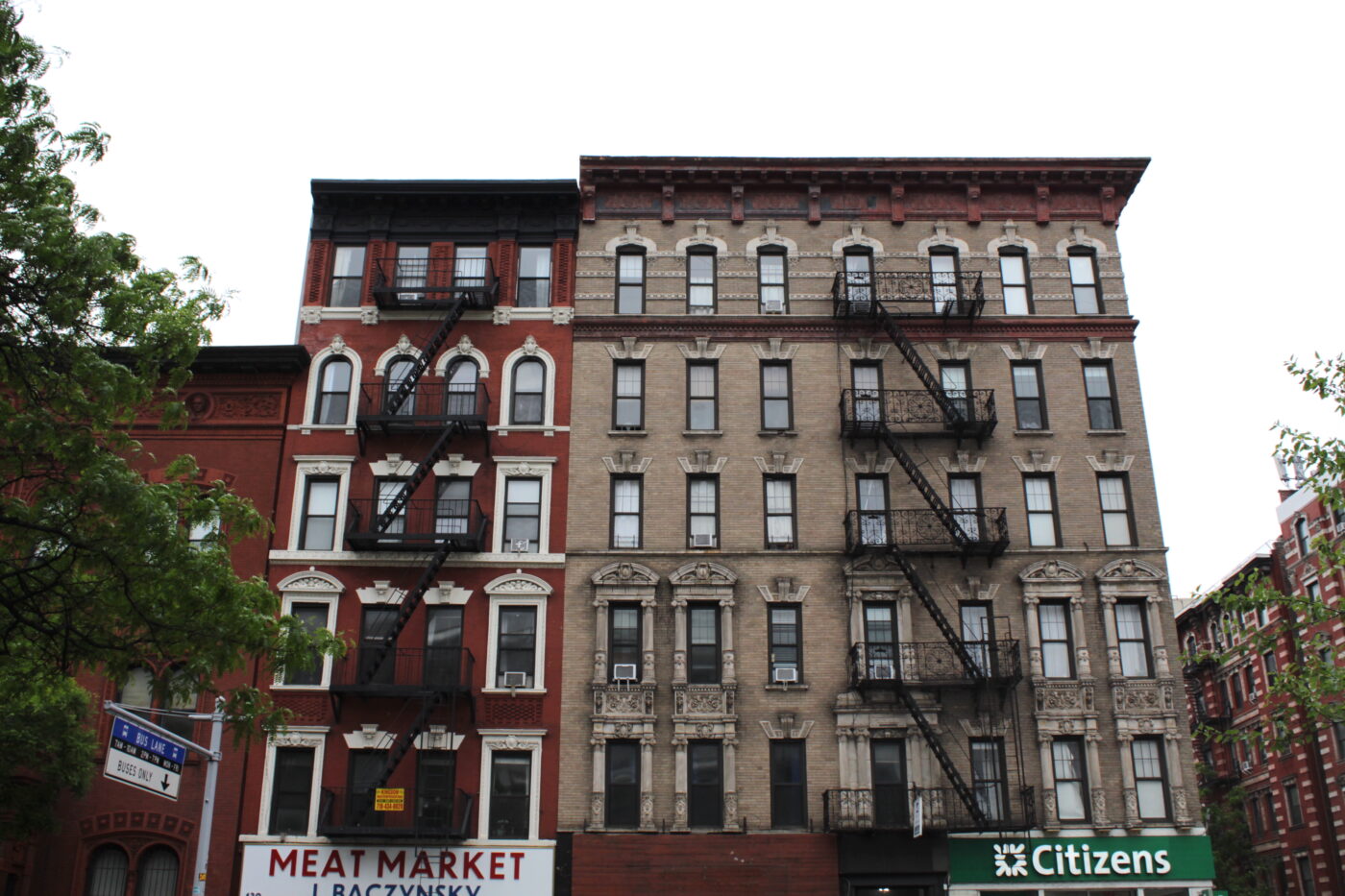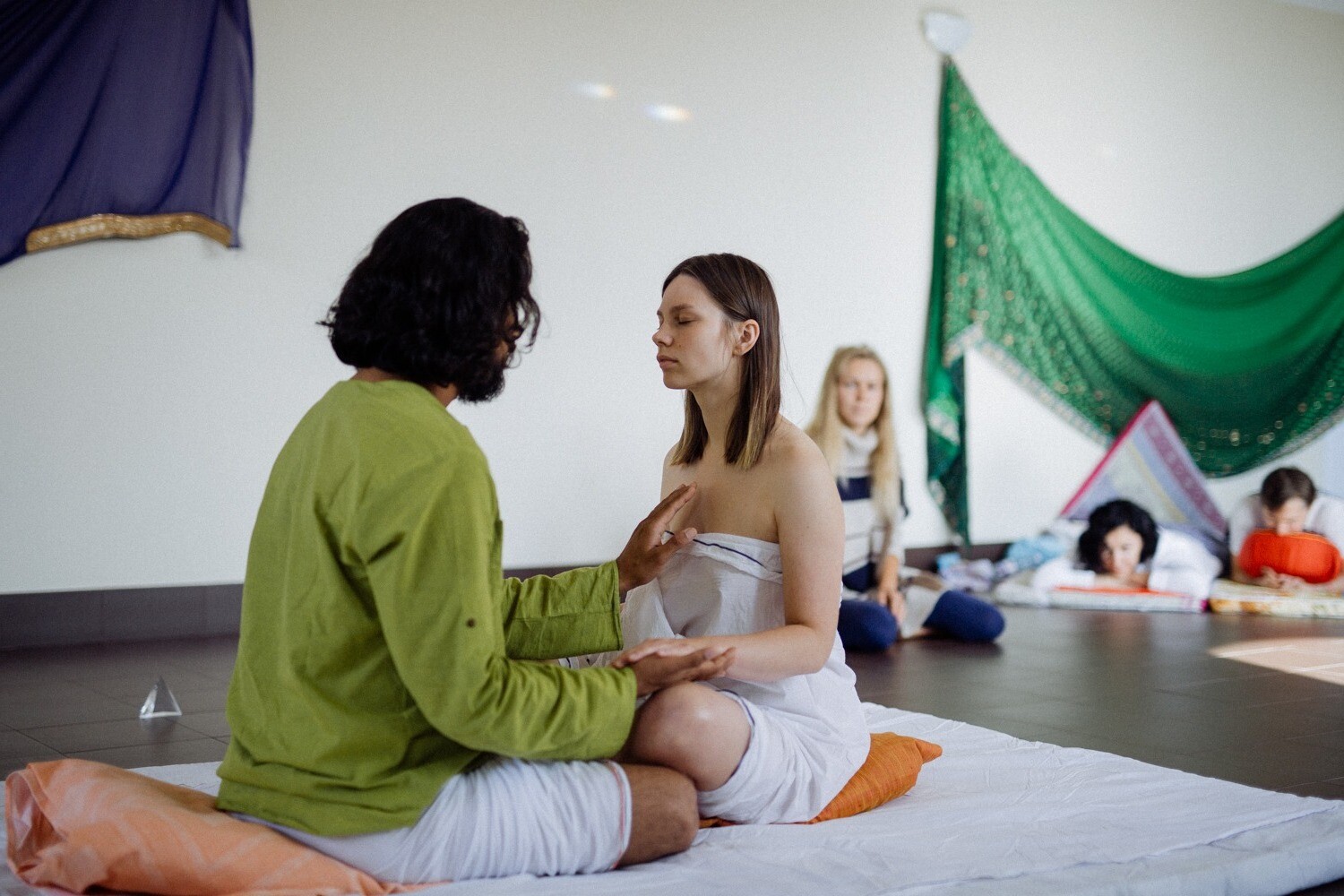
Ever wondered what life was like in Tenement New York? These cramped, bustling buildings housed thousands of immigrants in the late 19th and early 20th centuries. Tenements were more than just structures; they were melting pots of cultures, dreams, and struggles. Imagine families packed into tiny rooms, sharing bathrooms with neighbors, and children playing in narrow, crowded streets. Life in these tenements was tough, but it also fostered a sense of community and resilience. From the architecture to the daily routines, every aspect of tenement living tells a story of survival and hope. Ready to dive into 35 fascinating facts about this unique chapter in New York's history? Let's get started!
Key Takeaways:
- Tenement housing in 19th century New York housed immigrants in cramped, unsanitary conditions, leading to reforms and shaping the city's cultural heritage.
- Despite their challenging beginnings, some famous individuals, like Irving Berlin and Jacob Javits, grew up in tenements and achieved great success.
The Origins of Tenement Housing in New York
Tenement housing in New York City has a rich history. These buildings were home to many immigrants and working-class families. Let's dive into some fascinating facts about these iconic structures.
-
Tenement buildings first appeared in the 19th century. They were designed to house the influx of immigrants arriving in New York City.
-
The word "tenement" originally meant any rented dwelling. Over time, it came to refer specifically to overcrowded, substandard apartment buildings.
-
The first tenement house in New York was built in 1833. Located at 65 Mott Street, it set the stage for future developments.
Living Conditions in Tenements
Life in tenements was far from luxurious. Many families lived in cramped, unsanitary conditions. Here are some eye-opening facts about daily life in these buildings.
-
Tenements often lacked basic amenities. Many had no indoor plumbing, heating, or proper ventilation.
-
Families shared bathrooms. One bathroom might serve an entire floor, leading to long waits and unsanitary conditions.
-
Rooms were small and overcrowded. A single room might house an entire family, with little space for personal belongings.
-
Poor ventilation led to health issues. Diseases like tuberculosis spread rapidly in these cramped conditions.
The Immigrant Experience
Tenements were home to many immigrant families. These buildings played a crucial role in their American journey.
-
Immigrants from various countries lived in tenements. Irish, Italian, Jewish, and German families were among the most common residents.
-
Tenements were often located in ethnic neighborhoods. This allowed immigrants to maintain cultural ties while adapting to American life.
-
Many immigrants worked in nearby factories. Tenements were conveniently located near industrial areas, making it easier for residents to find work.
Tenement Reforms and Regulations
As conditions in tenements worsened, reforms were introduced to improve living standards. These changes had a significant impact on the lives of residents.
-
The Tenement House Act of 1867 was the first major reform. It required fire escapes and at least one toilet for every 20 residents.
-
The 1901 Tenement House Act introduced stricter regulations. This law mandated better lighting, ventilation, and sanitation.
-
Reformers like Jacob Riis raised awareness. His book "How the Other Half Lives" highlighted the dire conditions in tenements, spurring public outcry and legislative action.
Architectural Features of Tenements
Tenement buildings have distinct architectural features that set them apart from other types of housing. These elements reflect the challenges of urban living.
-
Tenements were typically five to seven stories tall. This height maximized the number of units on a small plot of land.
-
Buildings had narrow, rectangular layouts. This design allowed for more units per floor but limited natural light and ventilation.
-
Fire escapes were a common feature. These external staircases provided an emergency exit but were often used as extra living space.
Cultural Impact of Tenements
Tenements have left a lasting mark on New York City's culture and history. They symbolize the struggles and resilience of the city's immigrant communities.
-
Tenements inspired literature and art. Authors like Anzia Yezierska and artists like George Bellows depicted tenement life in their works.
-
The Tenement Museum preserves this history. Located at 97 Orchard Street, the museum offers tours and exhibits about tenement life.
-
Tenement buildings are now protected landmarks. Many have been preserved to maintain the historical fabric of neighborhoods like the Lower East Side.
Modern-Day Tenements
While the classic tenement era has passed, some buildings still serve as affordable housing. These modern tenements continue to play a role in New York City's housing landscape.
-
Many old tenements have been renovated. Updates include modern amenities while preserving historical features.
-
Affordable housing remains a critical issue. Tenement-style buildings still provide low-cost housing for many New Yorkers.
-
Community organizations advocate for tenants' rights. Groups like the Tenants' Rights Coalition work to ensure safe, affordable housing for all.
Famous Tenement Residents
Some tenement residents went on to achieve great success. Their stories highlight the potential for upward mobility despite challenging beginnings.
-
Irving Berlin, the famous composer, grew up in a tenement. His family immigrated from Russia and lived in a Lower East Side tenement.
-
Jacob Javits, a U.S. Senator, also lived in a tenement. His experiences shaped his commitment to social justice and housing reform.
-
Al Smith, a former New York Governor, was a tenement resident. He championed many of the housing reforms that improved tenement conditions.
Tenements and Public Health
The poor conditions in tenements had a significant impact on public health. Efforts to address these issues led to important advancements in urban health policies.
-
Tenements were breeding grounds for diseases. Overcrowding and poor sanitation contributed to outbreaks of cholera, typhoid, and tuberculosis.
-
Public health campaigns targeted tenement residents. Initiatives included vaccination drives, sanitation improvements, and health education.
-
The establishment of public health departments. These agencies played a crucial role in monitoring and improving living conditions in tenements.
Tenements in Popular Culture
Tenements have been depicted in various forms of popular culture, reflecting their significance in American history and society.
-
Movies like "Gangs of New York" feature tenements. These films portray the harsh realities of tenement life.
-
Broadway musicals like "Rent" draw inspiration from tenements. The show highlights the struggles of living in low-income housing.
-
Television shows like "The Bowery Boys". This series depicted the adventures of a group of boys growing up in a tenement neighborhood.
The Legacy of Tenements
The legacy of tenements extends beyond their physical structures. They represent the resilience and determination of countless families who sought a better life in America.
-
Tenements symbolize the American Dream. Despite the hardships, many residents achieved success and contributed to the city's growth.
-
They highlight the importance of housing reform. The challenges faced by tenement residents led to significant improvements in urban living conditions.
-
Tenements remind us of the immigrant experience. These buildings are a testament to the diverse cultural heritage of New York City.
-
The preservation of tenements. Efforts to maintain these historical buildings ensure that future generations can learn about this important chapter in American history.
The Legacy of Tenement New York
Tenement New York holds a special place in American history. These buildings, often cramped and overcrowded, were home to countless immigrants seeking a better life. They symbolize resilience, community, and the pursuit of the American Dream. Despite harsh living conditions, tenement residents forged tight-knit communities, shared cultures, and supported one another.
Today, many tenements have been preserved as historical sites, offering a glimpse into the past. The Tenement Museum on the Lower East Side, for example, provides an immersive experience of what life was like for these early New Yorkers. These buildings remind us of the struggles and triumphs of those who came before us.
Understanding tenement life helps us appreciate the diverse fabric of modern New York City. It’s a testament to the enduring spirit of immigrants and their contributions to the city’s rich cultural tapestry.
Frequently Asked Questions
Was this page helpful?
Our commitment to delivering trustworthy and engaging content is at the heart of what we do. Each fact on our site is contributed by real users like you, bringing a wealth of diverse insights and information. To ensure the highest standards of accuracy and reliability, our dedicated editors meticulously review each submission. This process guarantees that the facts we share are not only fascinating but also credible. Trust in our commitment to quality and authenticity as you explore and learn with us.


